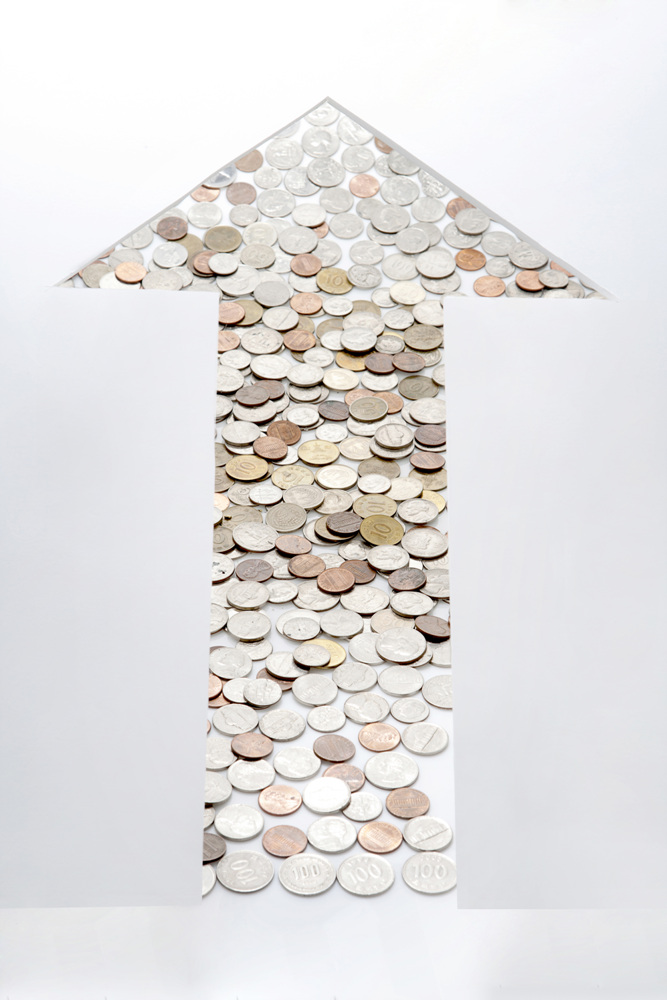
Last August, it was decided that the suggested retail price on ramen, crackers, ice-cream and other frozen desserts should be marked again. The open price system was imposed in order to lower over-marked prices. However, ever since the open price system has been introduced, the price of crackers has risen by 7.97% and frozen desserts by 18.03% when the inflation rate is only 3.88% (according to the Bank of Korea and the National Statistical Office).
Politicians are also divided on this issue. Kang Bong-yun of the Democratic Party stated, “Government policies should be given time to settle so that the strengths can be maximized while the weaknesses can be minimized. People shouldn’t be so quick to change the system before it has shown its true value.” On the other hand, Cho Jin-rae from the Grand National Party answered, “Marking the suggested retail price will bring a positive effect of controlling the huge distribution system.” Which position is more favorable?
When the manufacturer gets to decide the suggested retail price, they take into account the production cost. They also mark up the price way more than it’s supposed to be and trick customers into buying their product by directing distributors to have discount sales. Manufacturers mark up the price so much that they still gain profit when products are sold at the discounted price. Instead, the open price system is a system in which the final seller, the distributor, marks the suggested retail price instead of the manufacturer of the product. By imposing this system, the government wanted to stop the tricked discount sales, and expected prices to go down due to competition between distributors.
Up until the open price system was imposed in 1975, overpricing of products was a serious problem in the US also. However, after distributors were able to decide the suggested retail price, they lowered prices and improved the service system so they could attract customers. In order to lower the price as much as possible, businesses cut down on transportation and distribution costs. This naturally led to advancement in the distribution system. In the case of Japan, the open price system is imposed only on products in which there is a big difference between the suggested retail price and the actual market price and the system has settled down considerably.
Prices are supposed to go down, as they did in the US, but in the case of South Korea, prices went up contrary to the purpose of the system. South Korea first imposed the open price system on electronic products in 1999. After the right to decide the suggested retail price went over to the distributors, the competition that occurred caused prices to go down, just like it did in the US. Special discount stores started to appear from all the competition; Hi-Mart Co. being a typical example. Seeing that the system worked so well on other products, the government decided to expand the range of products to processed foods. However, different from expensive electronic products, consumers are relatively insensitive to price changes in processed foods since they are already cheap in the first place. Processed foods businesses used this point to slowly, but surely, raise the prices of their products. Regarding this problem, distributor stores say that they were pressured by manufacturers to raise prices, while manufacturers state that this is an irrelevant problem since the right to set prices is up to the distributors. As a result, nobody is trying to take responsibility for the rise in price. However, it is said that the act of manufacturers raising the price using increased production costs as an excuse, and for the distributors to follow and raise the sale price also is a fixed custom.
The open price system may originally have a good purpose, but in the case of South Korea, manufacturers and distributors gained profit from the raised prices, hurting only the consumers in the process. Therefore, reviving the suggested retail price on the four items is probably a good choice. If the government were to continue with this system when nobody is taking responsibility for the raised prices, there is a big chance that prices will have gone up even more. Some people who support the open price system advise consumers to make use of price comparison sites in order to buy cheaper products. However, it is doubtful that many people will go to such sites just to buy some crackers, ramen, or ice-cream. Other processed foods are still under the influence of the open price system and the government should impose a strict price monitoring system for those products.

